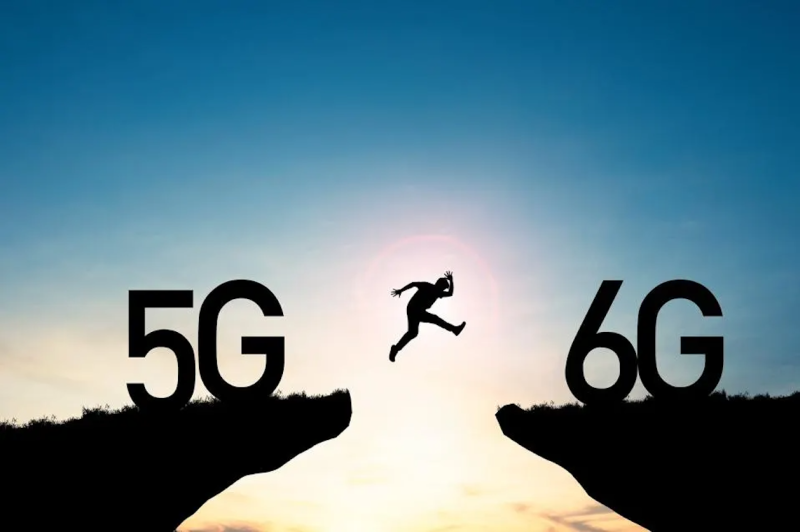A consortium of global telecommunications standards organizations this month announced plans to work on the sixth generation of ultra-high-speed wireless cellular specifications. US mobile operators like Verizon, AT&T and T-Mobile have promised that 5G networks will change lives. However, many smartphone users find it difficult to notice the difference from the previous generation.
Around two-thirds of American mobile phone users have tried 5G networks, the FT reports. However, it is expected that by the end of 2023, most subscribers will return to tariffs with 4G communications. Blame it on the way 5G was rolled out. Modernization was fragmentary and did not bring significant improvements. Additional speed, capacity and connectivity are available primarily in offline networks that have not yet been fully exploited.
4G networks, deployed in the early 2010s, allowed mobile phone users to stream video, play games and make conference calls. 5G can be used for high-quality virtual and augmented reality, as well as instantaneous communications between devices such as autonomous vehicles. But it hasn't spread yet.
The new 6G standard should provide data transfer speeds 50 or 100 times faster than 5G. Companies such as Huawei and Nokia say it will be ready for deployment in the early 2030s. Both the US and China are determined not to allow the other to gain an advantage.
U.S. carriers' 5G capital spending growth is expected to slow next year (and has not yet begun in many countries). Operators want to see better returns on their 5G investments before considering further network upgrades.

